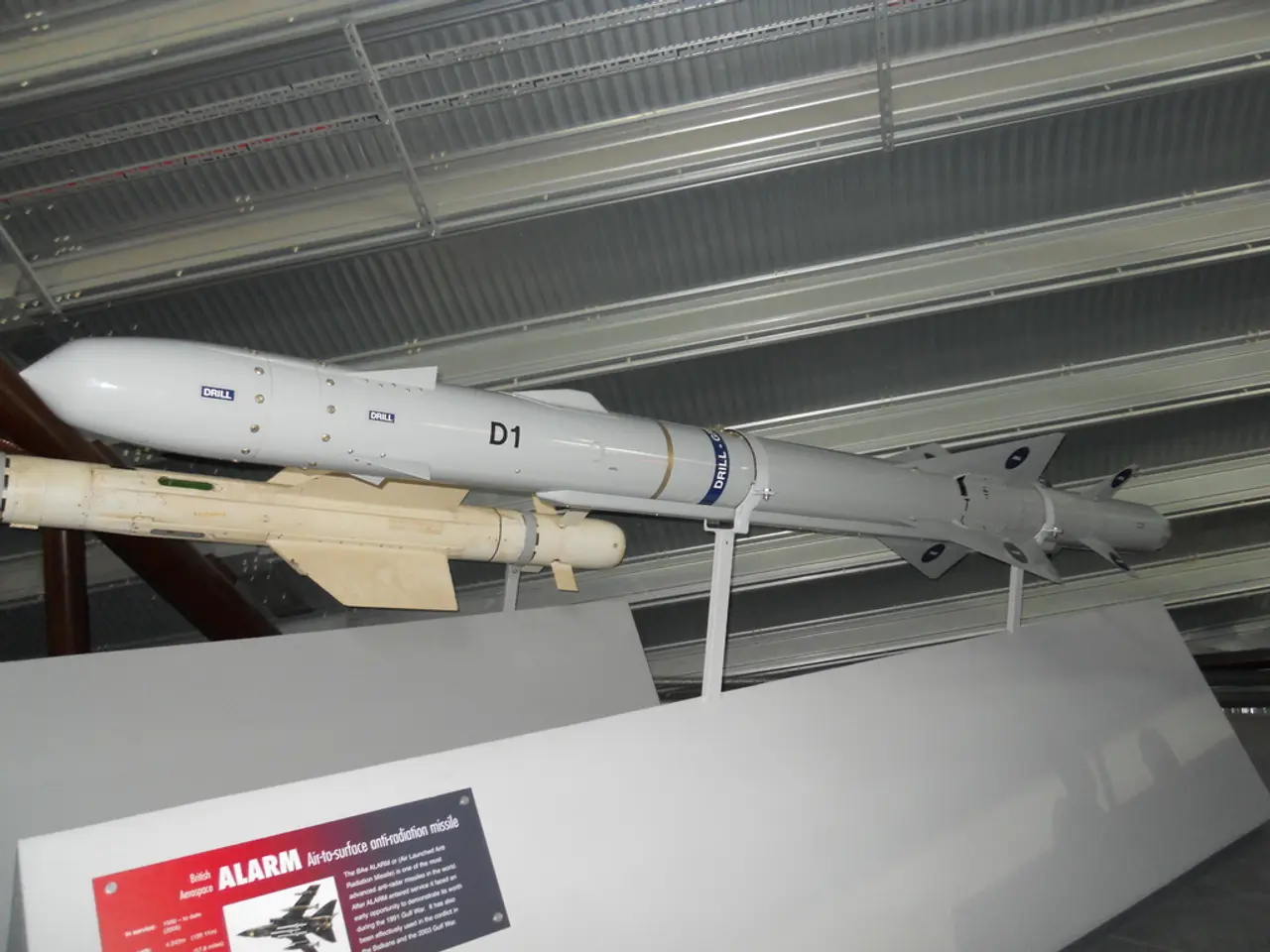U.S. nuclear submarines are being reassigned in response to comments made by a former Russian president. Here are the submarines within the American naval fleet.
US Navy's Modern Nuclear Submarine Fleet: A Comprehensive Overview
The US Navy operates a diverse fleet of nuclear-powered submarines, consisting primarily of attack submarines (SSNs), ballistic missile submarines (SSBNs), and guided-missile submarines (SSGNs).
- Ohio-class SSBNs (Ballistic Missile Submarines): The Ohio-class SSBNs are the backbone of the Navy’s nuclear deterrent force. These submarines, measuring 560 feet in length and displacing approximately 19,000 tons submerged, carry a crew of about 159 sailors. Each can carry 20 Trident ballistic nuclear missiles designed for nuclear deterrence, with a range of up to 4,600 miles.
- Ohio-class SSGNs (Guided-Missile Submarines): Four of the US Navy's ballistic-missile submarines have been converted into guided-missile submarines (SSGNs). These submarines carry Tomahawk cruise missiles instead of ballistic missiles, with up to 154 Tomahawk missiles on board. They also have the additional capability of covert troop transport via lockout chambers.
- Virginia-class Submarines (Attack Submarines - SSNs): The Virginia-class SSNs are the modern workhorses of the US Navy's submarine fleet. The latest version, Block V, includes the Virginia Payload Module (VPM), increasing missile capacity and enabling guided missile capability to partially replace retiring SSGNs. While they primarily carry torpedoes and Tomahawk cruise missiles, the potential for increased missile capacity is growing, with up to 40 Tomahawk missiles possible with new missile tubes added after USS North Dakota.
In summary, only Ohio-class SSBNs currently carry nuclear ballistic missiles (Trident), while Ohio-class SSGNs and Virginia-class SSNs carry conventional missiles (Tomahawk) with varying payloads. The Virginia Block V boats with the VPM module are enhancing strike capability with large missile payloads but remain primarily non-nuclear weapon platforms.
The US Navy's submarine fleet also includes the older Los Angeles class fast-attack submarines, with 23 still in service. The Seawolf class, one of the most specialized craft in the Navy, is highly classified due to its extended hull for advanced technology and enhanced warfighting capabilities. The movements of fast-attack submarines, especially the Seawolf class, are among the Navy's most closely guarded secrets.
Recently, US President Donald Trump ordered two US Navy nuclear submarines to be positioned in "appropriate regions." The movements of these submarines, like many others, are shrouded in secrecy. The USS Jimmy Carter, a part of the Seawolf class, and the newer Virginia-class submarines form the bulk of the US Navy's submarine fleet.
The movements of ballistic-missile submarines (SSBNs) are also closely guarded, as these submarines are designed for stealth and the precise delivery of nuclear warheads. The Tomahawk missiles carried by SSGNs have a high-explosive warhead of up to 1,000 pounds and a range of about 1,000 miles.
The USS Connecticut, a Seawolf-class submarine, was recently involved in an accident in the South China Sea, prompting China to accuse the US of a "lack of transparency and responsibility." The exact details of the incident remain classified.
In conclusion, the US Navy's nuclear submarine fleet is a crucial component of the nation's defense strategy, with each class of submarine serving a unique role in maintaining the country's military superiority.
- While discussing the US Navy's submarine fleet, it's important to note that a significant part of its nuclear deterrent force is the Ohio-class SSBNs, which carry Trident ballistic nuclear missiles for war-and-conflicts deterrence.
- In addition to the Ohio-class SSBNs, there are Ohio-class SSGNs, that have been converted with the purpose of carrying Tomahawk cruise missiles, providing the US Navy with enhanced political and general-news capabilities.








